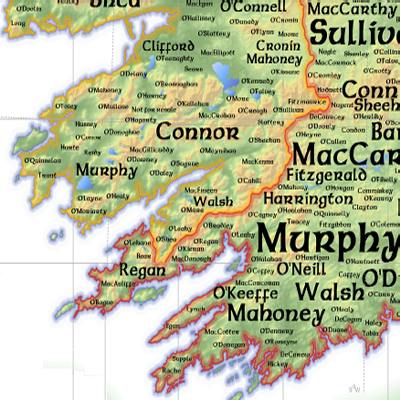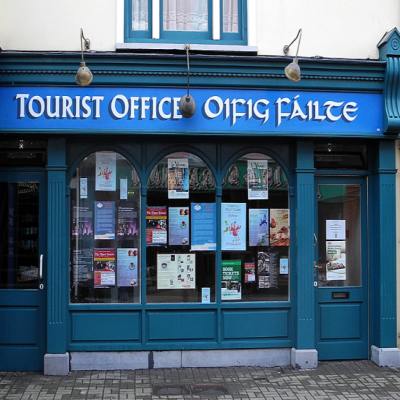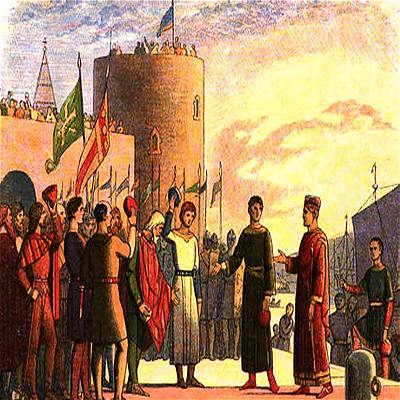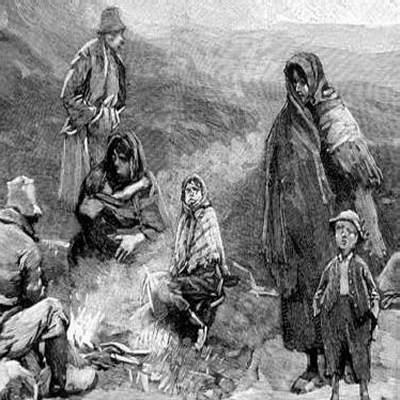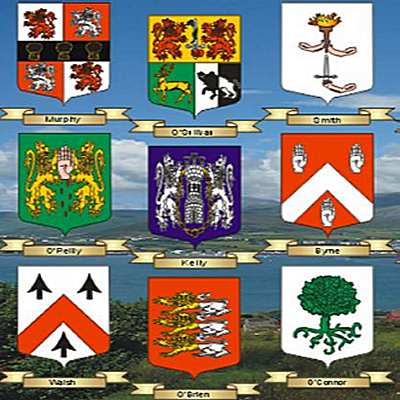
The arrival of the tribe in Ireland is the stuff of legend. They landed at the Connaught coastline and emerged from a great mist. It is speculated that they burned their boats to ensure that they settled down in their new land. The rulers of Ireland at the time were the Fir Bolg, led by Eochid son of Erc, who was, needless to say, unhappy about the new arrivals.
The Tuatha Dé Danann won the inevitable battle with the Fir Bolg but, out of respect for the manner in which they had fought, they allowed the Fir Bolg to remain in Connaught while the victors ruled the rest of Ireland.
The new rulers of Ireland were a civilised and cultured people. The new skills and traditions that they introduced into Ireland were held in high regard by the peoples they conquered. They had four great treasures (or talismans) that demonstrated their skills. The first was the 'Stone of Fal' which would scream when a true King of Ireland stood on it. It was later placed on the Hill of Tara, the seat of the High-Kings of Ireland. The second was the 'Magic Sword of Nuadha', which was capable of inflicting only mortal blows when used. The third was the 'sling-shot of the Sun God Lugh', famed for its accuracy when used. The final treasure was the 'Cauldron of Daghda' from which an endless supply of food issued.
The original leader of the Tuatha was Nuada but, having lost an arm in battle it was decreed that he could not rightly be king. That honour went to Breas, a tribesman of Fomorian descent. His seven year rule was not a happy one however, and he was ousted by his people who had become disenchanted with hunger and dissent. Nuada was installed as King, resplendent with his replacement arm made from silver.
Breas raised an army of Fomorians based in the Hebrides and they battled with Nuada at Moytura in County Sligo. The Tuatha again prevailed and the power of the Fomorians was broken forever. The victory had cost the Tuatha their King as Nuadha had died in the battle. A hero of the conflict named Lugh was instated as the new King of Ireland.
The grandsons of the next King, Daghda, ruled during the invasion by the mighty Melesians. The Tuatha Dé Danann were defeated and consigned to mythology. Legend has it that they were allowed to stay in Ireland, but only underground. Thus they became the bearers of the fairies of Ireland, consigned to the underworld where they became known as 'Aes sidhe' (the people of the mound - fairy mounds).
The Melesians used the name of one of the Tuatha Dé Danann gods, Eriu, as the name of their new kingdom. Eriu or Eire is still used in modern times as the name of Ireland.

 Your Family Crest
Your Family Crest
 Irish Roots Search
Irish Roots Search